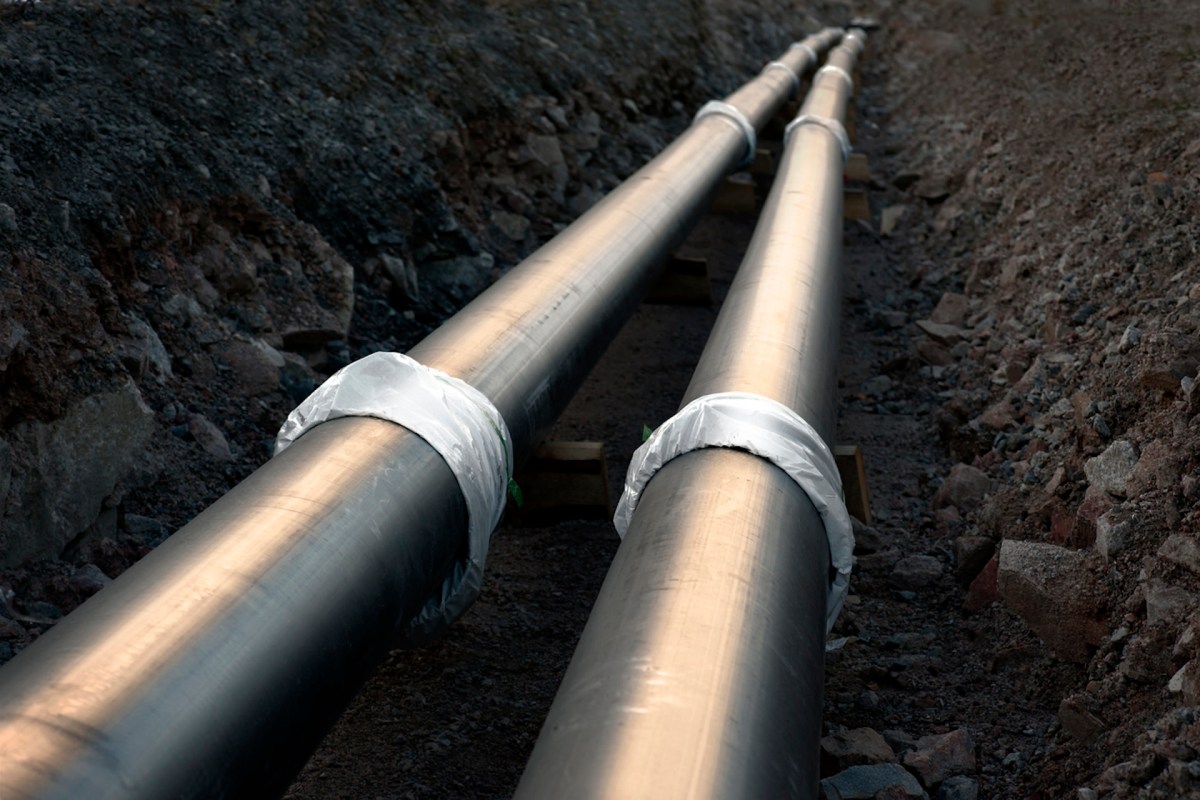Imagine a leaky faucet in a house causing water damage, unnoticed and unaddressed. Similarly, unnoticed leaks in America's vast network of natural gas pipelines are quietly releasing a potent planet-warming gas into the atmosphere.
What's happening?
An Idaho farmer accidentally broke a 22-inch natural gas pipeline in 2023, unleashing over 51 million cubic feet of harmful methane gas into the atmosphere, according to a Reuters report. Unfortunately, the outlet detailed, such incidents are common occurrences along the extensive network of natural gas pipelines crisscrossing the United States.
Per Reuters, accidental pipeline leaks between 2019 and late 2023 released nearly 9.7 billion cubic feet of gas into the air. The outlet noted that this is equivalent to the pollution of four average-sized coal-fired power plants for a year.
These harmful leaks go unaccounted for in the U.S. records of polluting gases because federal regulations focus on pollution from regular operations rather than accidental leaks.
"The failure of EPA to account for these large events is a big driver of that discrepancy," said Edwin LaMair, an attorney who focuses on oil and gas regulations, according to Reuters.
Why are unaccounted gas leaks concerning?
Greenhouse gases, which include methane, carbon dioxide, nitrous oxides, and water vapor, play a significant role in what's often referred to as the "greenhouse effect."
To understand the greenhouse effect, imagine Earth's atmosphere wrapped in a blanket. These gases trap heat from the sun in our atmosphere, which is essential for life as we know it because it keeps our planet warm enough to be habitable. However, the problem starts when there's too much of these gases, mainly due to human activities like burning coal, oil, and gas.
When the concentration of greenhouse gases gets too high, it's like adding extra layers to the blanket, causing our planet to overheat. This can lead to many issues, including more frequent and severe weather events like hurricanes and heatwaves, melting ice caps, rising sea levels, and disruptions to ecosystems.
While carbon dioxide is typically the culprit in many greenhouse gas stories, methane is actually several times more effective per pound at trapping heat in the atmosphere than carbon dioxide, at least in the short term. Despite its potency, the current regulatory framework overlooks methane pollution, resulting in a skewed understanding of the true environmental impact of the natural gas industry.
What's being done about it?
The Biden administration has proposed rules to include these emissions in the official greenhouse gas tally, with hefty fees imposed on emitters exceeding certain thresholds. Under these rules, companies will be required to report abnormal leaks of about 500,000 cubic feet or more, a significantly lower threshold compared to existing regulations.
The regulations extend beyond pipelines to cover other aspects of the oil and gas industry, such as drilling operations, ensuring a comprehensive approach to tackling methane emissions.
These measures not only hold companies accountable for their environmental impact but also provide crucial data to accurately assess and mitigate methane pollution, paving the way for a cleaner, safer future.
Join our free newsletter for cool news and actionable info that makes it easy to help yourself while helping the planet.









